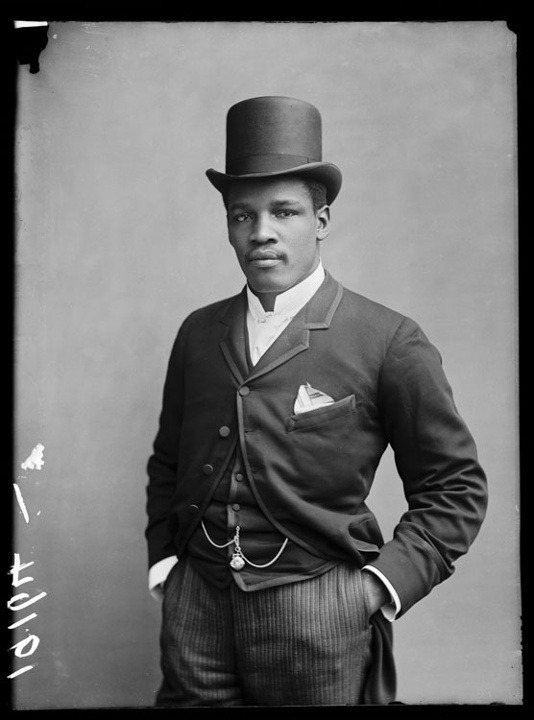
Nichelle Gainer is a writer and producer and the author of Vintage Black Glamour and Vintage Black Glamour: Gentlemen’s Quarters, which stemmed from a Tumblr of the same name and features photography and stories highlighting Black legends and lesser-known figures of the 20th century. These things roll around and come around once again. This law passed through the Americas into the French Caribbean, and it turned into a fashion statement, as Black women will rock a ting and then-French white women began wrapping their hair. The law was that Black and mixed-race women had to wrap their hair because they were “attracting white men” (the language, ugh…read between the lines), and white women petitioned the governor to do something about it. Go ahead and Google: The Tignon Laws of 1786. Teleica Kirkland is the founder, creative director, and principal researcher at the Costume Institute of the African Diaspora, a resource hub that houses information on costume and fashion history, textiles, and more. Below, in their own words, three of these historians on the crucial work they do. Hobbyists and academics alike, they’re sharing images, writing books, recording podcasts, and shining a long-overdue spotlight on unsung style stories around the world.


Thankfully, there’s a growing crop of Black fashion historians who are dedicated to unearthing these stories before they’re gone. While recent exhibits like the Cooper Hewitt’s “Willi Smith: Street Couture” and Red Bull Arts’ “Akeem Smith: No Gyal Can Test” highlight Black fashion innovation both on and off the runway, there are infinitely more stories to be told.

For too long, Black designers, models, agencies, innovators, muses, and trends have been sidelined and swept under the rug in favor of maintaining a skewed version of our shared sartorial record-one that relegates Black contributions to footnotes and asides.

In many ways, preserving the true breadth of Black fashion history is a race against time.


 0 kommentar(er)
0 kommentar(er)
